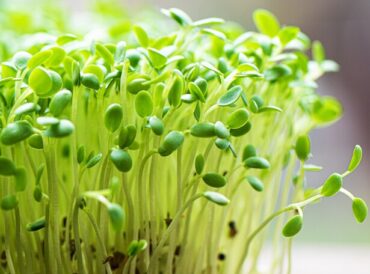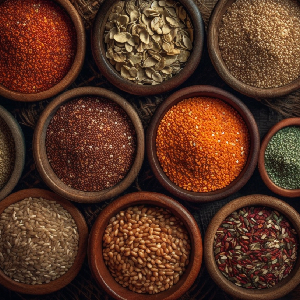

In recent years, there has been a growing interest in the use of soil-enriching pulses as a sustainable agricultural practice. Pulses, which include crops such as lentils, chickpeas, and peas, have the potential to revolutionize the way we approach agriculture by improving soil health, increasing crop yields, and reducing the need for synthetic fertilizers. This blog post will explore the benefits of incorporating pulses into agricultural systems and the potential impact they could have on sustainable farming practices.
One of the key advantages of using pulses in agriculture is their ability to fix nitrogen in the soil. Nitrogen is an essential nutrient for plant growth, and pulses have the unique ability to form symbiotic relationships with nitrogen-fixing bacteria in the soil. This allows pulses to draw nitrogen from the atmosphere and convert it into a form that is readily available to other plants, effectively acting as natural fertilizers. By incorporating pulses into crop rotations, farmers can reduce their reliance on synthetic nitrogen fertilizers, which can have detrimental effects on the environment.
In conclusion, the incorporation of soil-enriching pulses into agricultural systems has the potential to revolutionize sustainable farming practices. Their ability to fix nitrogen, improve soil health, increase crop yields, and enhance resilience makes them valuable allies in the pursuit of sustainable agriculture. As we continue to face environmental challenges such as climate change and soil degradation, pulses offer a promising solution for building more resilient and productive food systems.
By embracing the potential of pulses, farmers can contribute to a more sustainable and regenerative approach to agriculture, benefiting both the environment and future generations. It is clear that pulses have a crucial role to play in shaping the future of agriculture, and their widespread adoption could lead to a more sustainable and resilient food system for years to come.



